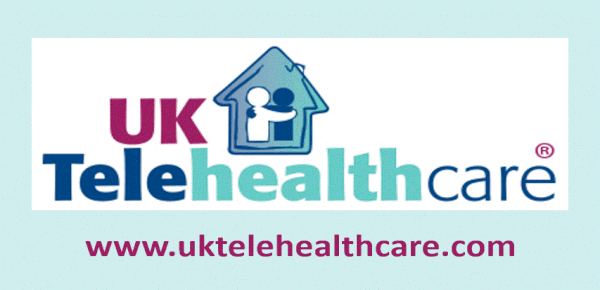 Digital health funding continues to take a plunge. Knocked about by the hangover from the pandemic, a grinding war between Russia and Ukraine, gasoline prices jacked up worldwide, and knock-on inflation and looming stagflation, funding continues to slide. The decline in Q2 digital health deals and funding to $4.1 billion more truly reflects the downturn than Q1’s relatively buoyant $6.1 billion, which benefited from the carryover of deals negotiated during 2021’s boom and closing then [TTA 6 April]. Year over year, it was half of 2021’s high of $8.3 billion.
Digital health funding continues to take a plunge. Knocked about by the hangover from the pandemic, a grinding war between Russia and Ukraine, gasoline prices jacked up worldwide, and knock-on inflation and looming stagflation, funding continues to slide. The decline in Q2 digital health deals and funding to $4.1 billion more truly reflects the downturn than Q1’s relatively buoyant $6.1 billion, which benefited from the carryover of deals negotiated during 2021’s boom and closing then [TTA 6 April]. Year over year, it was half of 2021’s high of $8.3 billion.
- 2022’s first half (H1) total of $10.3 billion was down 31% from 2021’s $15 billion. Despite this, it is 63% above the pandemic-stricken 2020’s H1 $6.3 billion.
- Average deal size has dropped to $31.2 million from 2021’s full-year $39.5 million and even 2020’s $30.6 million, accounting for inflation in the past two years. Looking at funding size by series year over year, Series A funding is flat but funding for Series B, C, and D+ have dropped substantially.
- No startups went public but four digital health companies announced plans to go public or were reported to be planning public exits. One SPAC was announced in June to close in Q3, that of VSee and iDoc Telehealth with Digital Health Acquisition Corporation. SPACs, as this Editor has noted, have gone from Funding Hero to Zero under 2022’s economics, causing many SPACs to crack (Owlet, Talkspace) and increased scrutiny by the Feds [TTA 9 June]. SOC Telehealth, an early SPAC, went private after a 90% share price drop [TTA 8 Feb].
- Average monthly M&A has dropped substantially. 2021’s monthly average of 23 has dropped to 20 in Q1 and 13 in Q2, for a H1 average of 16.
- Most popular funding areas are mental health (a far ahead #1 at $1.3 billion), oncology, and cardiovascular. Diabetes dropped from #2 to #4, skewed last year by Teladoc’s acquisition of Livongo. Oncology rose to #2 from #6 in 2021. For mental health, given increased Federal scrutiny and legal problems of companies like Cerebral plus the expansion of Teladoc and Amwell into the area, this Editor does not expect telemental health companies to continue to attract this level of funding but may be attractive for M&A.
- Disease monitoring (a/k/a RPM) as a value proposition moved from #8 to #3 in investment at $1.4 billion. R&D and on-demand healthcare remained in their #1 and #2 positions.
As TTA has noted previously, this was all to be expected. Will 2022 funding perk up like 2020’s did through Q3 and Q4, or fall off like in 2019 as money sits on the sidelines? Rock Health does try to put a rosier shine on the retrenchment in its roundup, as has venture capital–reality can be good for you. Another depressive factor is regulatory uncertainty in multiple areas and Federal involvement, which some companies can work to their advantage. The Rock Health summary discusses this at length. Also Mobihealthnews.







Most Recent Comments